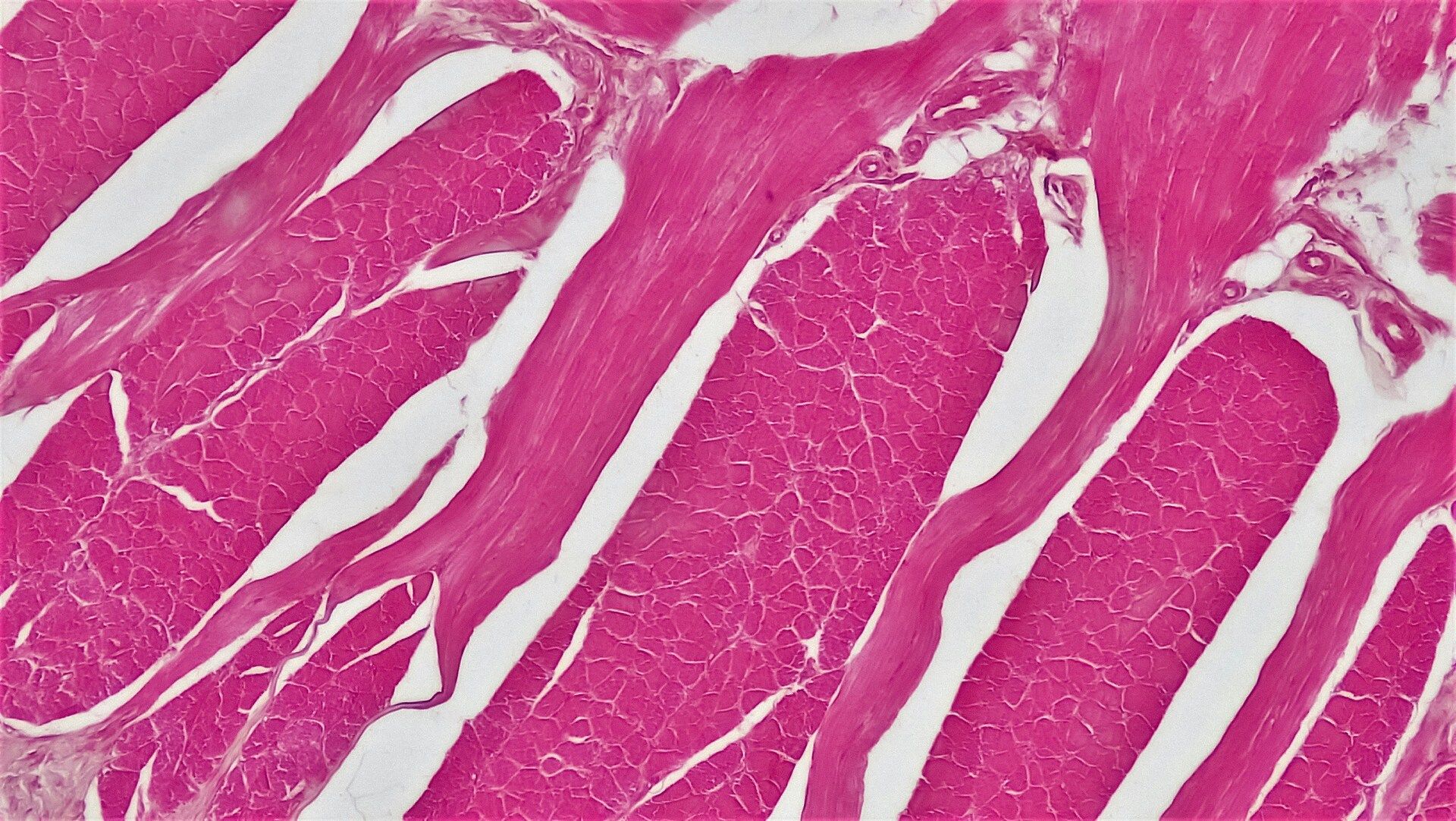- Diabetes Reversal Network Newsletter
- Posts
- #8 Insulin: Friend, Foe, or Forgotten Ally
#8 Insulin: Friend, Foe, or Forgotten Ally
The devil is in the details - especially in physiology
Welcome Back – The Hormone You Thought You Knew

Always nice to be back in your inbox.
Insulin has been badly misunderstood. If you fear it, I hope to change your mind.
Insulin is constantly blamed for weight gain, fatigue, a “broken metabolism,” and type‑2 diabetes itself. There is chatter about “fat‑storage mode” and I frequently talk to people who are working hard to keep insulin low (and are terrified of any increase in blood glucose after a meal), as if the hormone itself were harmful at normal levels. But insulin isn’t the problem. The real problem is that your cells stop responding to it properly, with the result that insulin rises too high and for too long. And, in many cases, your pancreas will eventually struggle to keep up.
Insulin’s job is vital and ancient: it coordinates how your body uses and stores energy, and is one of the key “nutrient sensors” that tells your body there is enough energy on board for things like growth and repair. It’s so important to animal life that insulin (and an insulin‑like signalling system) is highly conserved between animal species - even insects have a recognisable insulin‑like system. Why? Because animals eat intermittently, so we need a way to respond to bursts of fuel intake and sometimes long gaps in between. Insulin (and its sidekick glucagon) direct energy to where it should go and let it back out when the time is right.
This issue unpacks what insulin does in some detail, why it stops working, and how to restore its rhythm. I worried about the level of detail, but I’m trusting you’d rather have real understanding than false simplicity. Better understanding means more control and will help you navigate all that conflicting health advice and see what really matters to reversal.
GLUT4 – The Muscle and Fat Cell Glucose Portal
The best way to understand insulin’s effect on blood glucose (just one of several effects) is to start with what happens in your muscles and fat cells after a meal.
Each muscle cell has thousands of small glucose portals called GLUT4s. They sit just under the cell surface, waiting for a signal. (They can’t stay permanently on your cell membrane, or they would just drain glucose out of your blood all day long.) When insulin rises after you eat, it binds to a little structure on the surface of cells that is exactly the right shape for insulin to fit into. This is the insulin receptor. The insulin receptor then sends a fast chain of messages into the cell, one of which tells the GLUT4s to move up and fuse with the membrane. With the new portals on the cell membrane, glucose begins to flow from the bloodstream into the cell, to be burned for energy or stored as glycogen or fat for later.
As insulin falls back down, those gates are pulled inside again and stored, ready for the next signal.
Muscle contraction can do the same thing without insulin. When you walk, climb stairs, or lift something heavy, the movement itself triggers another internal signal, completely independent of insulin, that brings GLUT4 to the surface. This “manual override” is why even short bursts of movement (especially after eating) make such a difference to glucose levels.
You might already know all this as it’s the classic insulin effect people learn about in school. And, when your cells start ignoring insulin and you become insulin resistant, this is one of the most important reasons why blood glucose rises.
But that’s not all insulin does, and the details below make all the difference.
(NB: medic/scientist readers - I of course know that GLUT4s are relevant to other tissues and organs, including but not limited to the hypothalamic neurons, glial cells, cardiomyocytes, etc. but this is not key to the current discussion.)
Door‑Knocking: A Better Model of What Insulin Does

Knock, knock! Who’s there? Insulin! Insulin who? Oh just open up. NO!!
Indulge me for a moment. Insulin is like a hand that rattles your door knocker, and your door knocker is the insulin receptor in this story. The hand brings the signal and the door knocker transfers the signal from the outside of the door to the inside. Now imagine you have some helpers inside waiting for the signal. One helper quickly installs temporary cat‑flaps (GLUT4s) causing cats to flood in, another begins putting cats into their fluffy cat pens and actively stops them when they try to leave, and another helper goes around doing housework, another builds house extensions, remodelling the interior and doing work around the outside of the house, and one even goes out to widen the street leading to your house to improve local traffic flow! There are several of these helpers and they do different jobs, but some of the jobs overlap and depend on each other.
If the hand keeps knocking on the door, some of the tasks the helpers do will run on too long or run into difficulty (nothing left to work on, or running out of cleaning supplies, for example) and that helper might become resistant or exhausted. So, some of the tasks happen as usual, some falter, and some are over done.
Okay, back to reality… this is what happens in insulin resistance - not all of insulin’s signalling stops working, but some does. And the lack of coordination leads to mounting problems over time.
The point of the analogy is that, when insulin arrives, several distinct tasks begin in parallel. These aren’t “good” versus “bad” branches. They’re separate(ish) metabolic pathways, each with its own job. As long as they occur in a balanced way, they contribute to good health. But with insulin resistance, the balance is disturbed - some threads keep running, some weaken, and others become distorted. This out‑of‑balance state is the problem rather than insulin itself.
